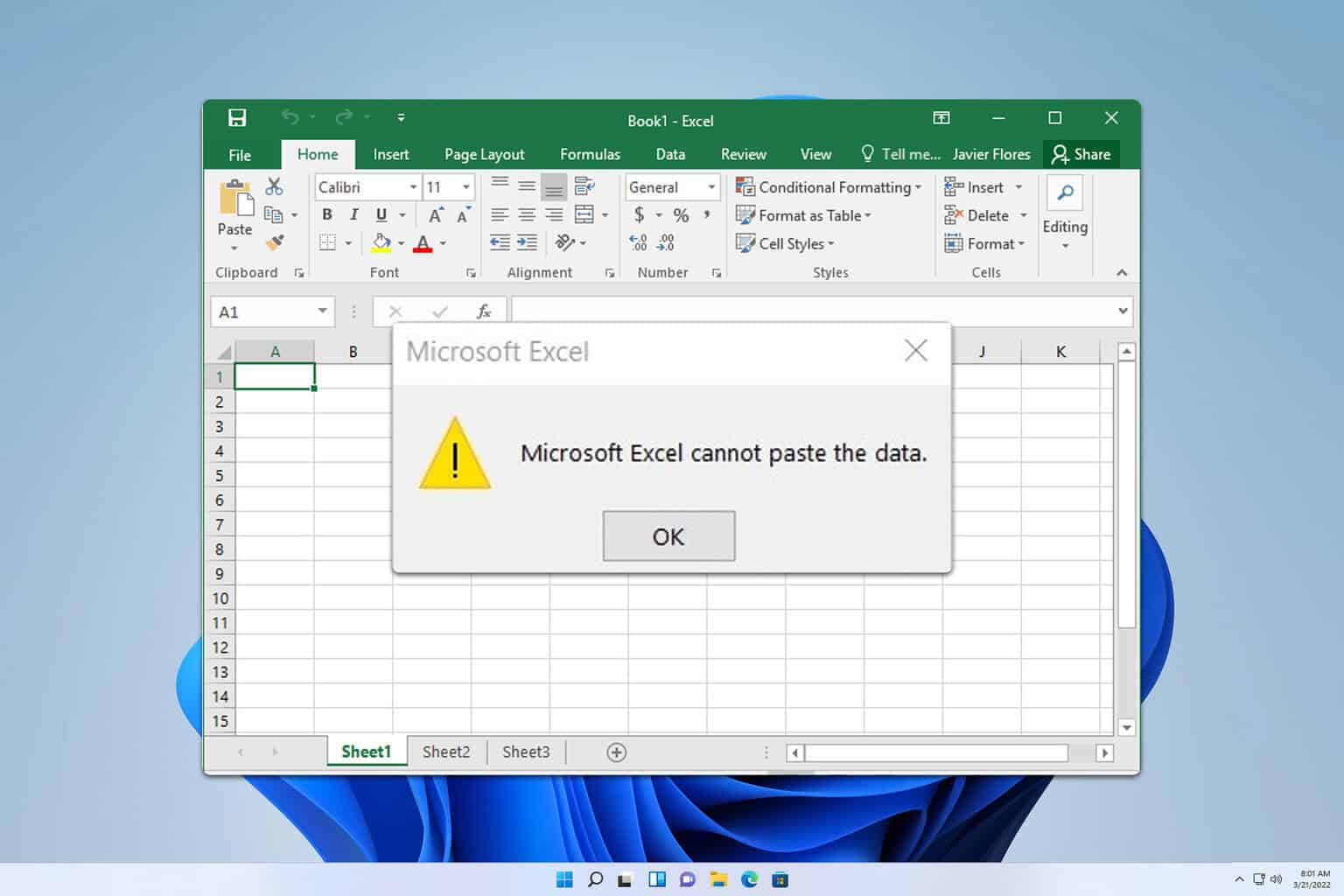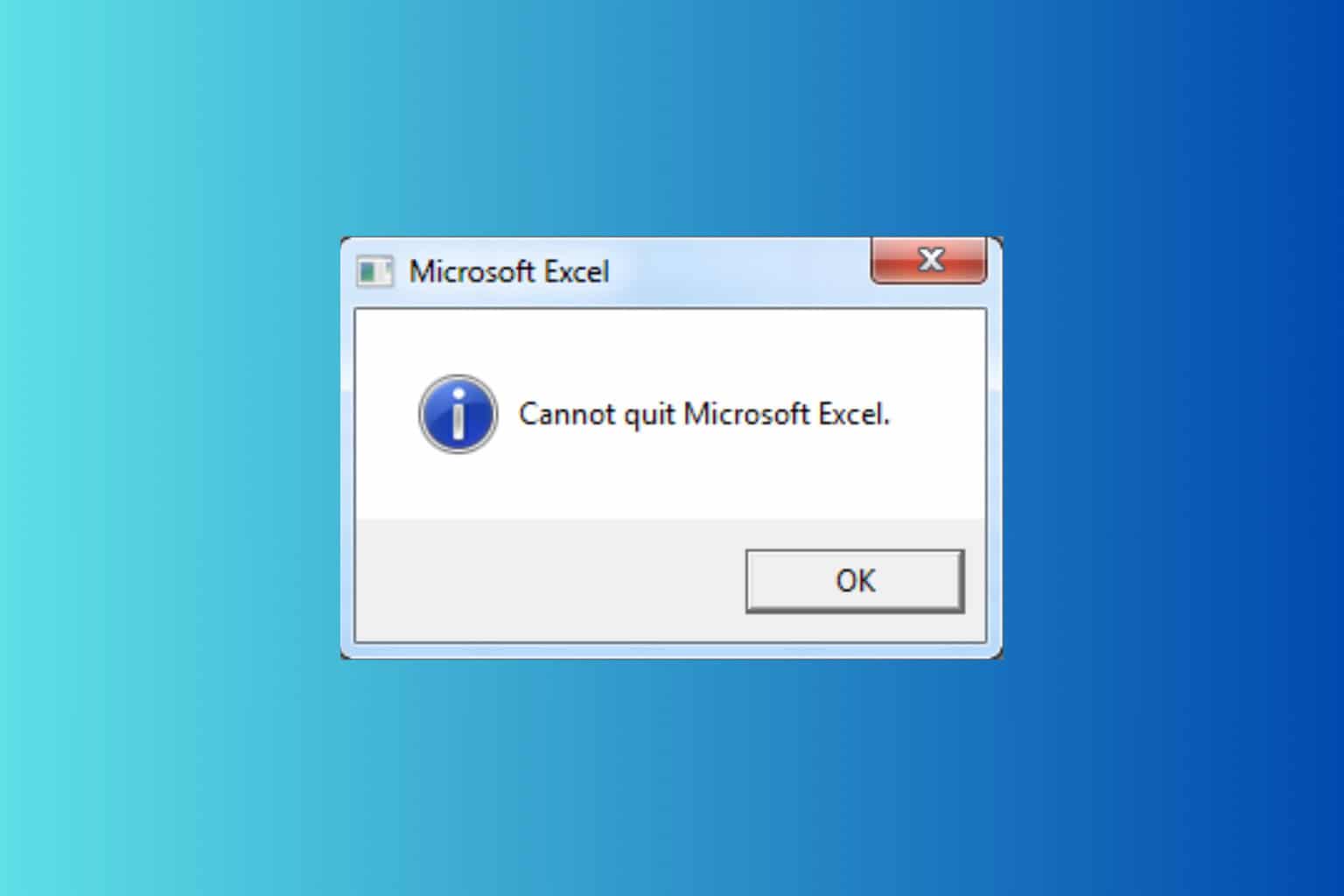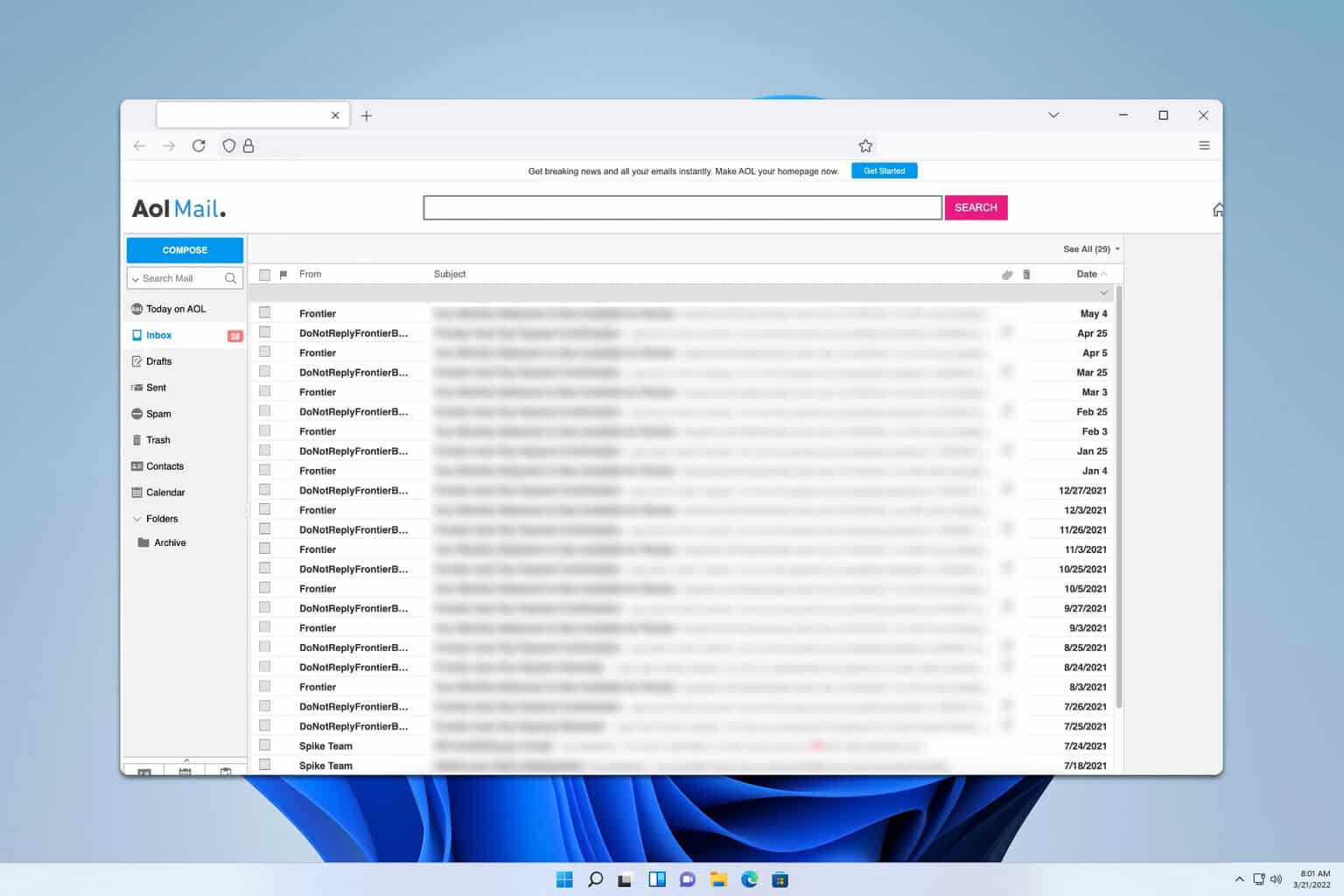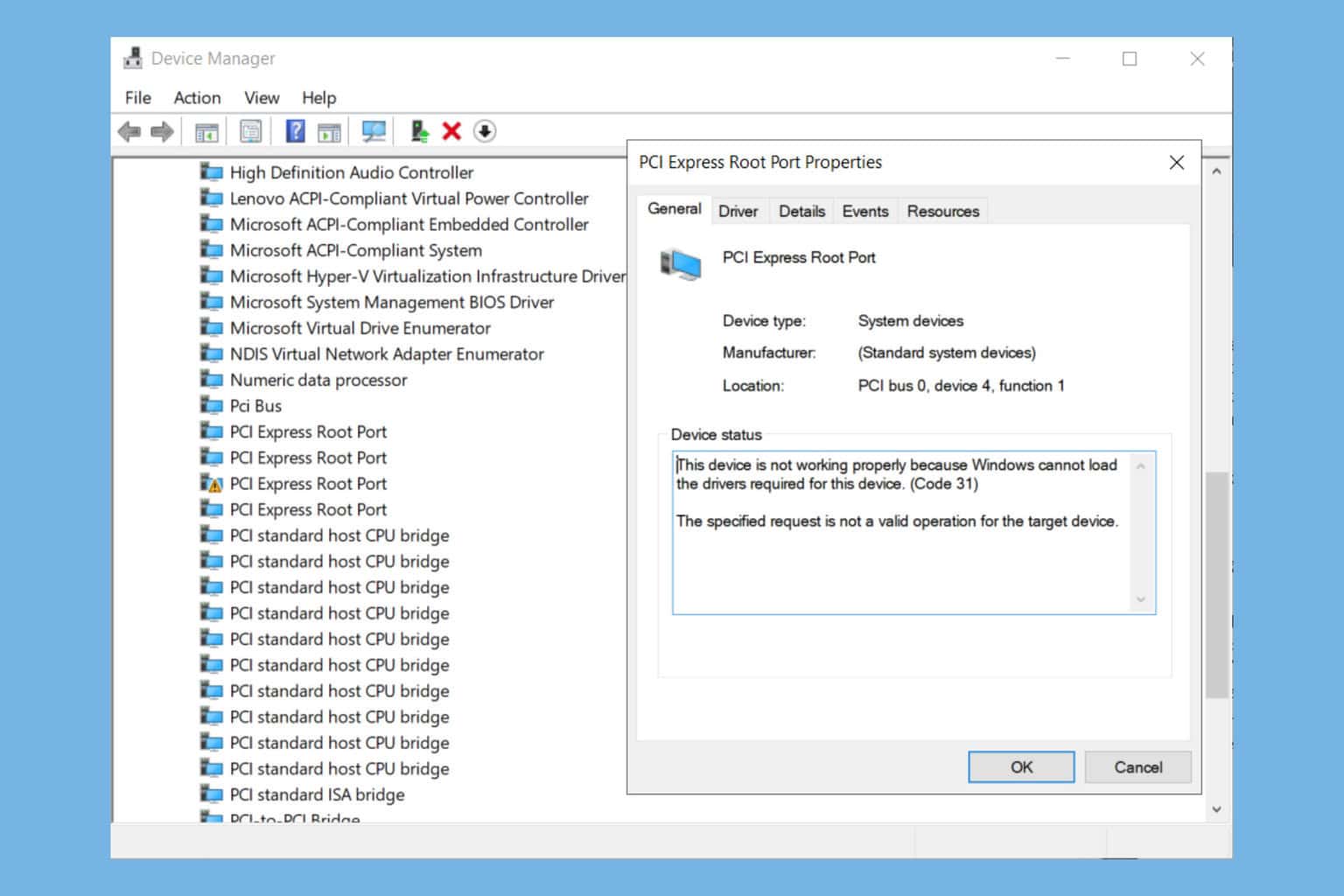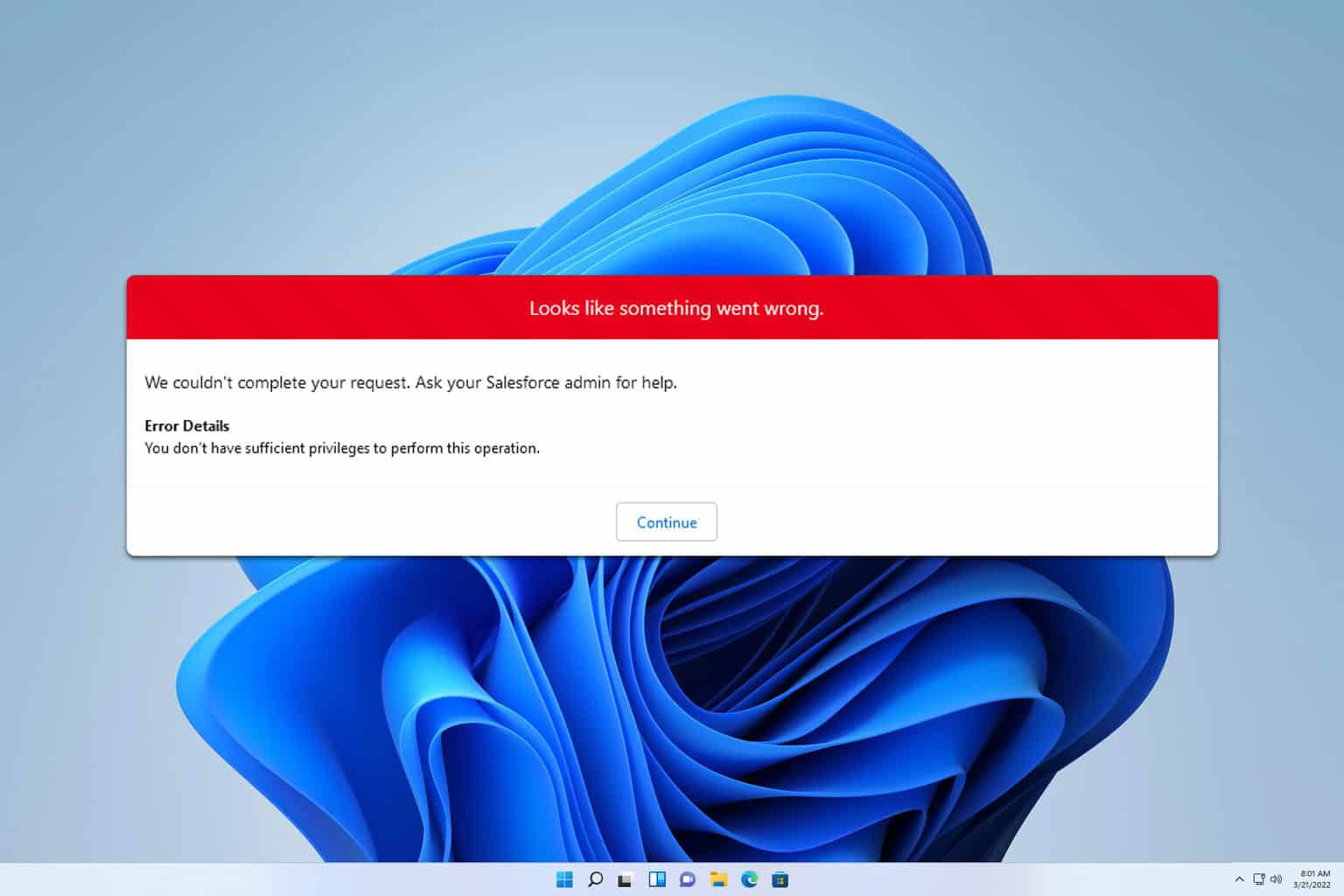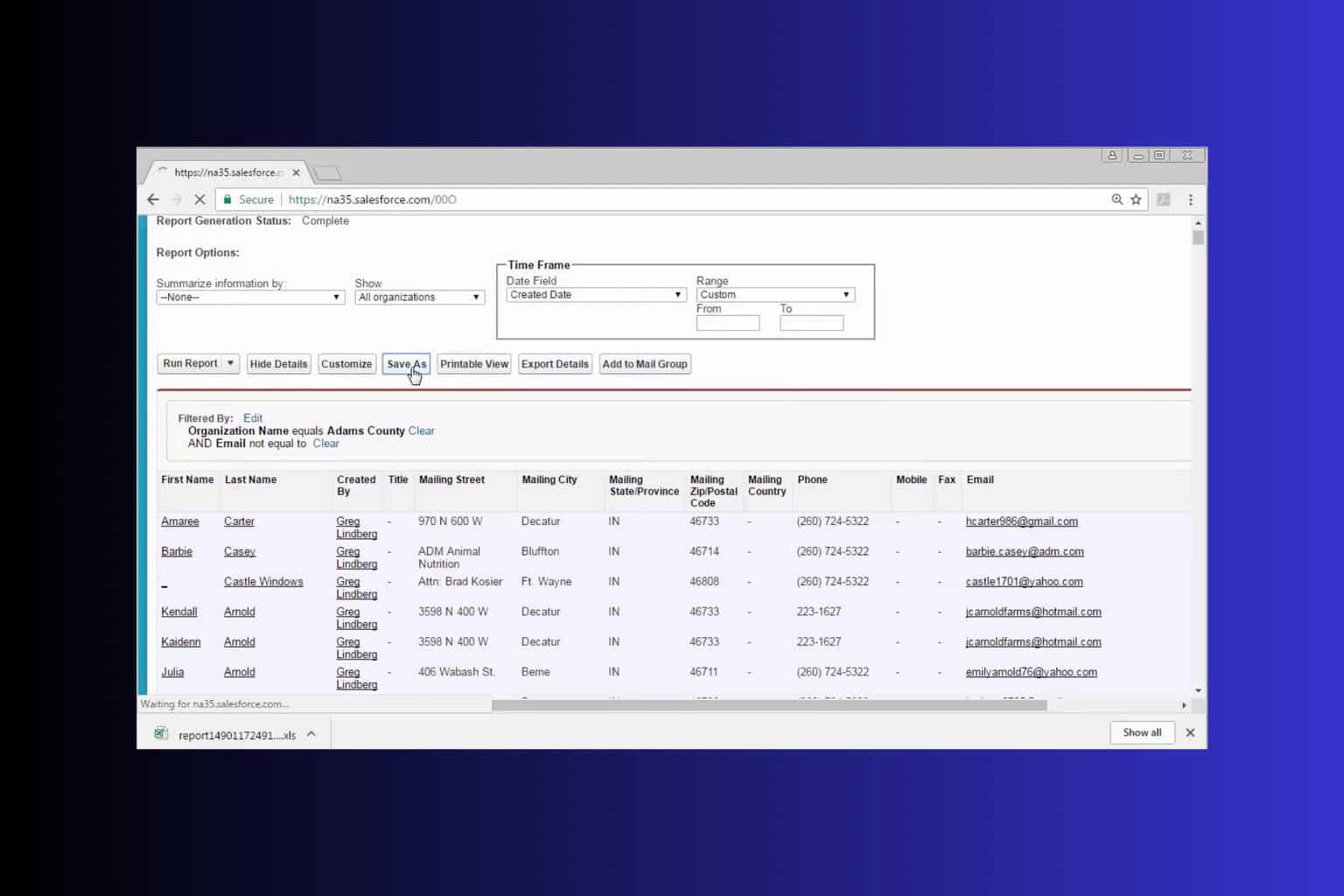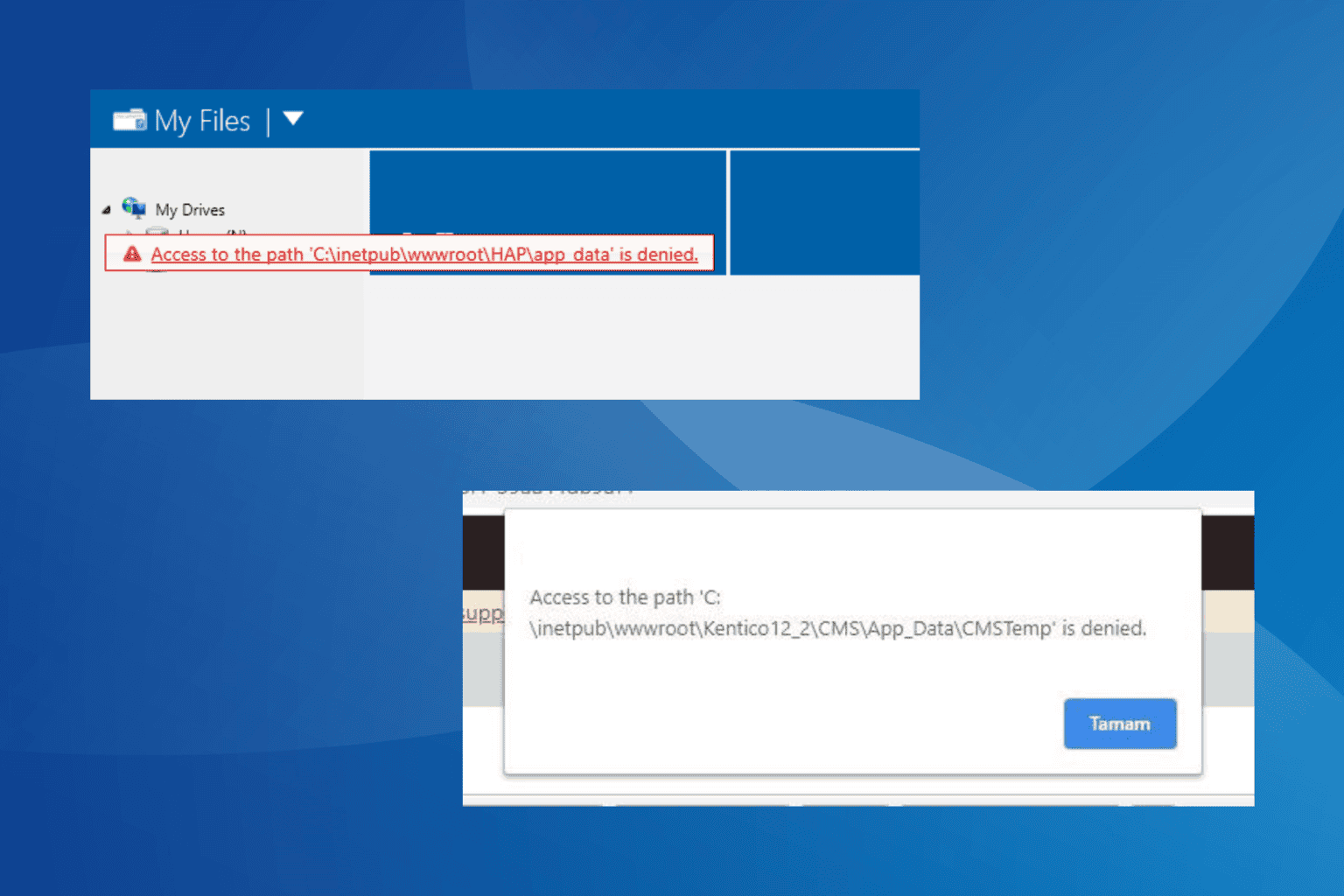FIX: New partitions appear in File Explorer after Windows update
2 min. read
Updated on
Read our disclosure page to find out how can you help Windows Report sustain the editorial team Read more

Many users who installed the Windows 10 April Update on their computers noticed that new partitions appeared in File Explorer. In this post, we’ll explain you why this issue occurs and how you can fix it.
But first of all, let’s see how one user describes this situation:
After installing the April 2018 Update to upgrade to Windows 10 version 1803, a new partition appears in File Explorer. I’m also constantly getting warnings that the partition is low in space, and there are no options to delete this partition.
Due to a code bug, Windows 10 v1803 now assigns drive letters to previously hidden partitions. In other words, these partitions are now visible in Disk Management and File Explorer. Most of these partitions are actually recovery partitions.
Keep in mind that deleting them might limit your ability to recover Windows in case something goes wrong with your computer. So, it’s best to simply keep them on your machine.
New partitions appear after Windows update [FIX]
Microsoft already fixed this problem via an update, so all you need to do is install the latest Windows 10 v1803 updates on your machine and those strange partitions should disappear. However, the solution works only for those devices that install the Windows 10 April 2018 Update after the hotfix is released.
If you’ve already installed Windows 10 v1803 and your are experiencing this issue, follow the steps listed below:
- Go to Start > launch Command Prompt as administrator.
- Type diskpart > hit Enter.
- Type list volume > hit Enter.
- Note the volume number of the drive letter you want to remove (example: Drive E).
- Type this command > hit Enter:
- select volume <volume number>
- For <volume number>, insert the volume number of the drive you want to remove (example: if the volume number for drive E is 3, then type select volume 3).
- Type this command > hit Enter:
- remove letter=<drive letter>
- For <drive letter>, insert the drive letter you want to remove (example: remove letter=E)
That’s it, this quick workaround should help you fix the problem in no time.
RELATED STORIES TO CHECK OUT:

